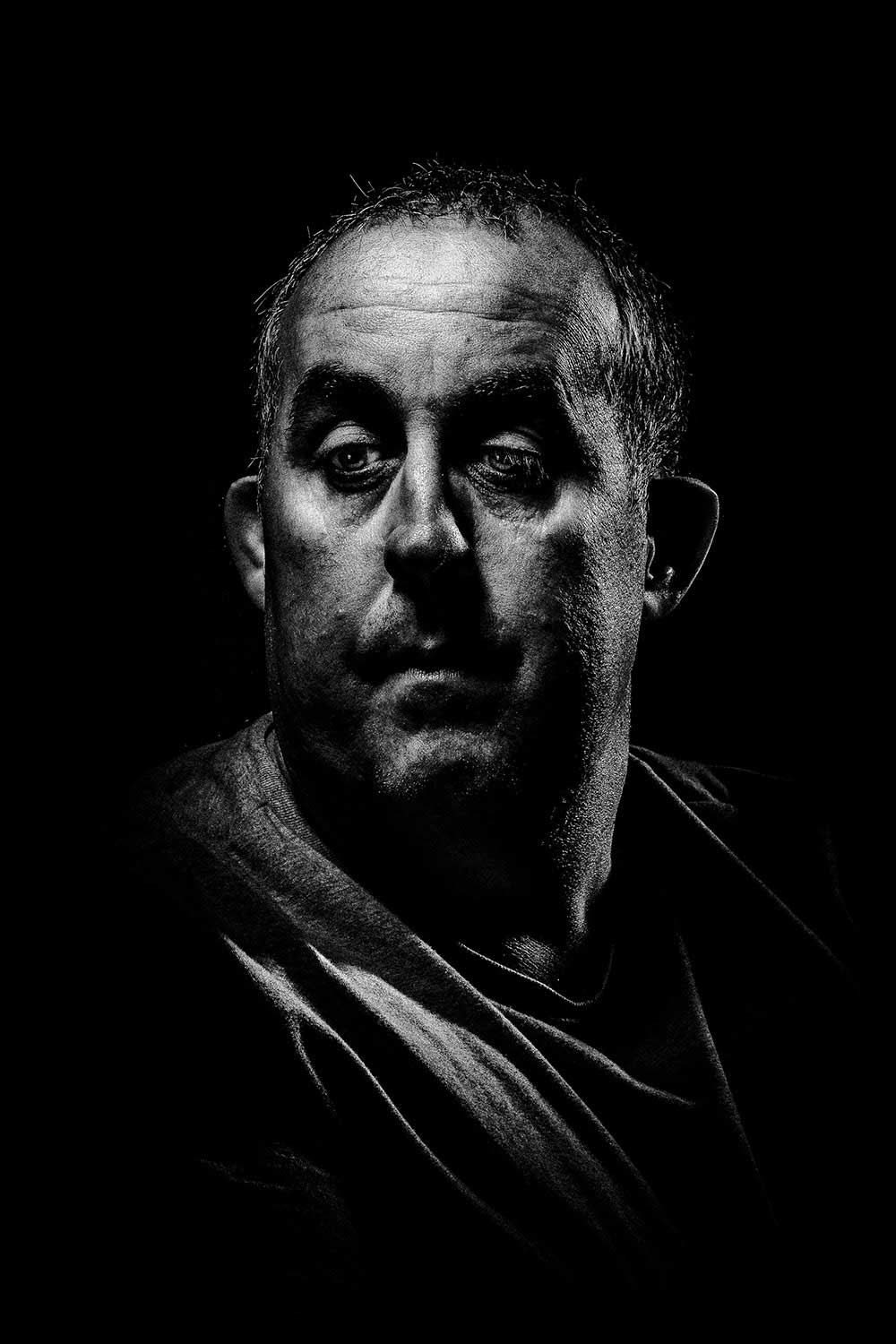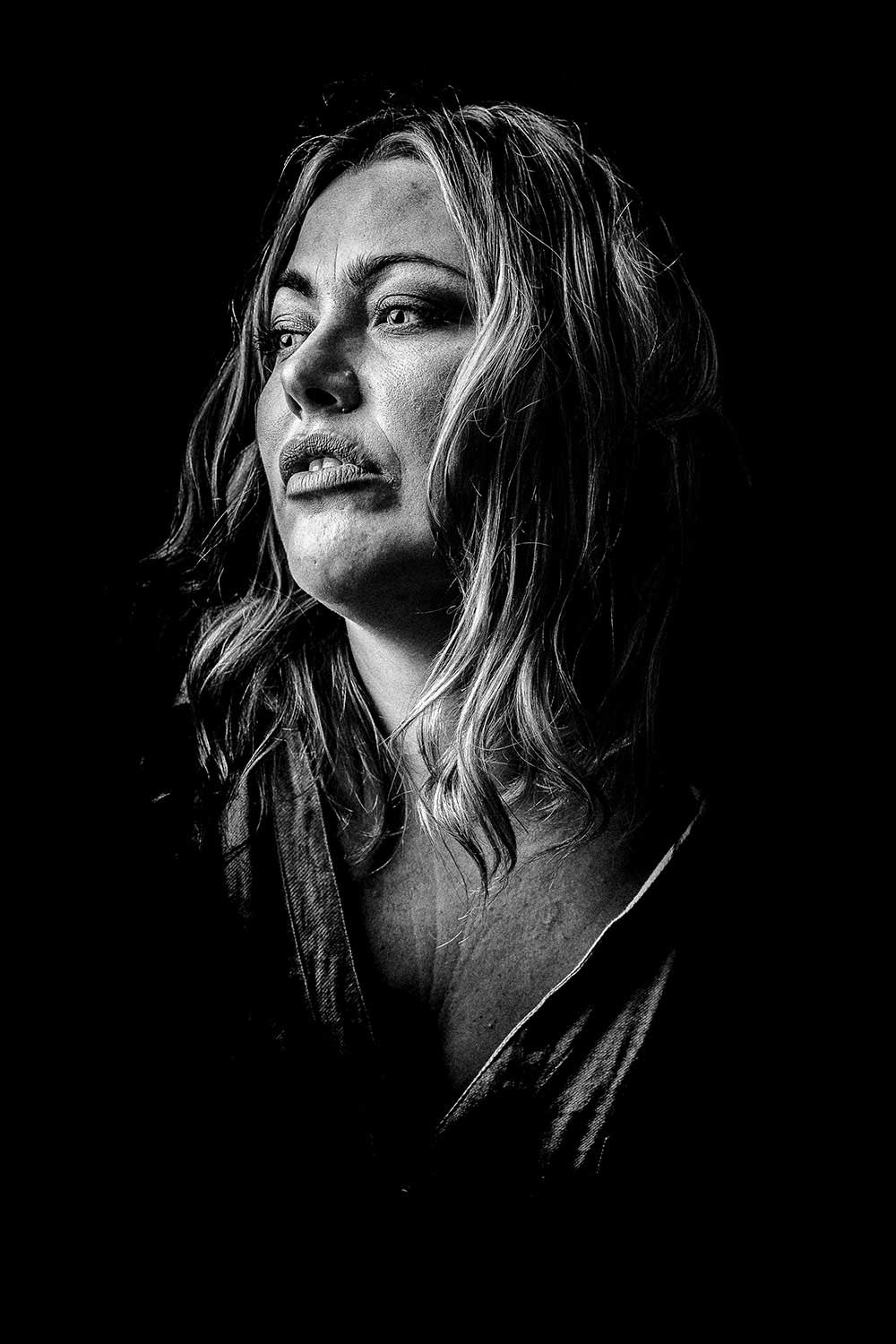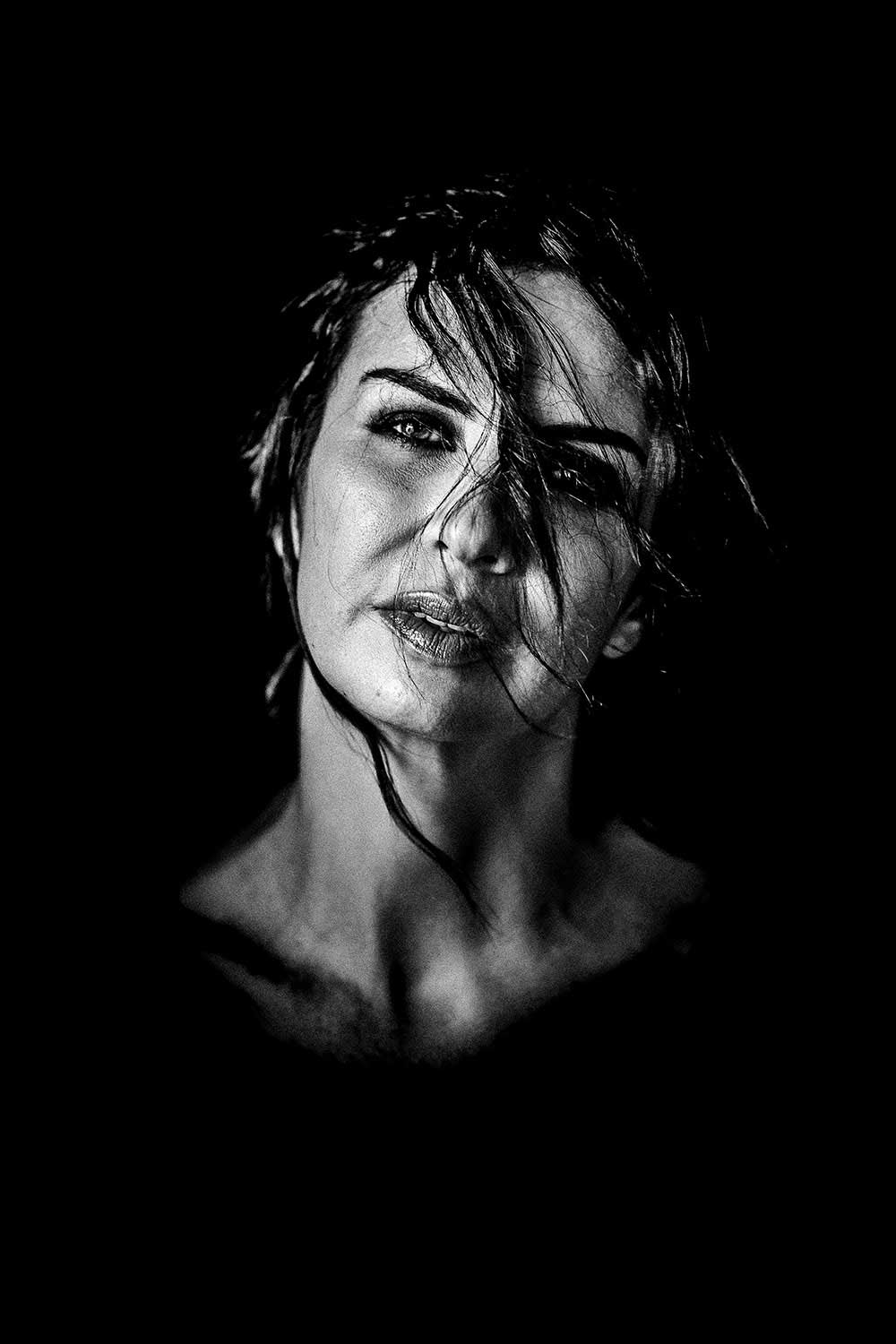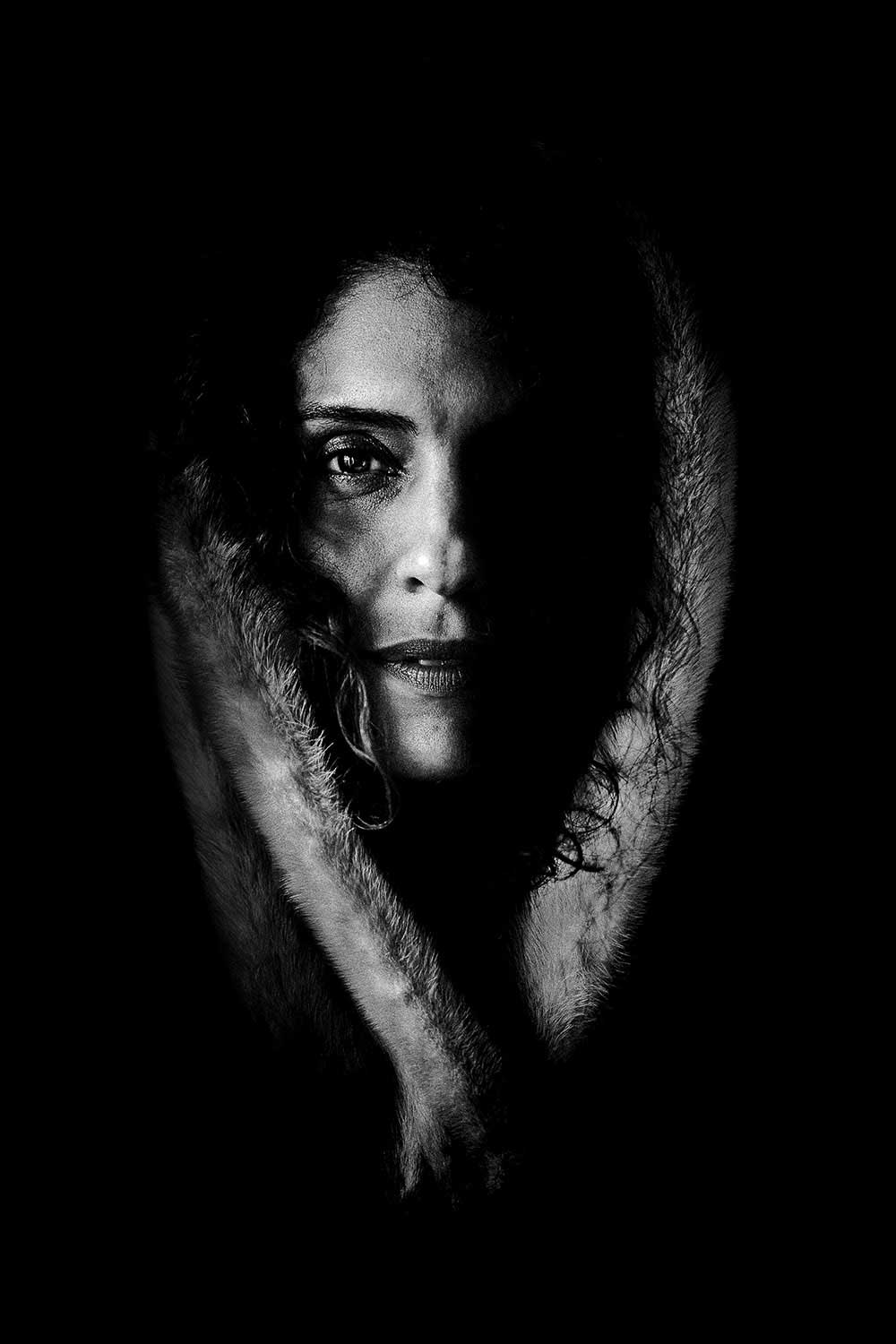Nick Gandano is the alter ego of Carlos Aguilar, a professional photographer dedicated to real state and social photography on the spanish Costa del Sol.
From personal point of view, I continue to learn day by day, looking form my way in photography. [Official Website] [Print Version] [Digital Version]

Can you tell us a little about yourself?
I am 48 years old, and for more than 20 years I have been fond of photography. I studied medicine and practiced it for more than ten years. In 2014 I decided to stop my professional practice for personal reasons, which I took advantage of to recover my old fondness for photography. I am mostly self-taught although I have taken courses have helped me to confirm what I had already learned by myself. At the end of 2014 I enrolled in the EFTI Lighting Expert Course, there I began to understand how light works and to feel a true passion for photography.
For a year and a half, I have been professionally dedicated to photography within the real estate sector and social photography. I’m like you can see a newcomer at this level, so maybe this interview is a bit too much I deserve for.
How did you get interested in photography?
In the fifth year of my medical career, I received as a gift an analog camera, a MINOLTA Dynax, that’s where everything starts. Soon I was revealing my negatives and my photos in the bathroom at home.
What was it that inspired you to do the Anthracite project?
Sometimes a miracle occurs, the light impinging on a look, a gesture, a pose getting transform a person’s face. This fact always fascinated me. Anthracite leaves from there and a good number of portraits I made during the last four years.
How would you define your general style photography?
In that process I find myself, trying to define my style. I would like to arrive at a direct, simple, easy-to-read photograph that is open to free interpretation by the viewer. All with an own and recognizable aesthetic. Maybe a little pretentious on my part.
Could you please tell us anything about your technique and creating process?
From the technical point of view, the most important thing for me is to try to get the photo already from the shot; I try that what I see on my camera screen would be the closest thing to what later will be the final photo. If the photo is in black and white, I use the custom modes to see it that way from the beginning, or if I want black shadows I expose it to get them already in the camera. I don’t shoot thinking about getting that RAW of the highest quality that will allow me to do a thousand things in postproduction. I need to see what I’m doing from the very beginning to guess if it’s what I want or not.
I use fixed focal lenses and I always take great care in framing. I never compose the photo during postproduction.
The editing program I use is Lightroom that sometimes I complement with Photoshop to improve some detail, the focus, for example. I don’t usually spend a lot of time on each photograph, the development of the Anthracite series has no more than ten or fifteen minutes of photo editing.
As for the creative process, let’s say that I am in a stage of self-knowledge about it. For some time now, I am beginning to understand how my creativity works.
Photographer Xavier Gómez says, “The important thing in photography does not necessarily mean knowing what you’re looking for, by the contrary, knowing how to recognize it when you see it.”
I think my creativity has a lot to do with that phrase; I’m not one of those who has the photo in his head before shooting, I am more like those who seek to find it. I need to start from something concrete to later be able to develop an idea. In my case, I first take the photo and then I think.

In your opinion, what is it about a black and white photography?
I learned to reveal black and white in the analogical period, so I have a pretty classic idea of this photographic format. I always add grain to my black and white photos, for example, the exaggerated sharpness of the digital format bothers me.
The digital edition has brought new tools for black and white development, as long as these tools do not have a purely aesthetic purpose I consider them well used.
In the case of Antracita, I was very concerned that the type of edition used worked like this, as a merely aesthetic resource. However, little by little I am checking that this is not the case, at least in my opinion. The development of Antracita contributes to reinforcing the idea on which the project is based, giving the necessary coherence and consistency to the whole series.
How much prior preparation is there when you are going to photograph?
My photographs usually do not have much preparation, in many cases due in part to the lack of means and space. Some photos of the Antracita project were taken in the kitchen of an apartment of scarce 50 square meters.
Before facing a portrait session, I usually have only a vague idea of what I’m going to do, what kind of light I’m going to use, what background and little else. From there I let things arise. For example, I do not usually tell my models what clothes they bring, they come wearing what they think, and we decided from that. I like to improvise and try things on the go.
What do you think makes great a photographic project?
There are five books that I never tire of reviewing whenever I have the chance. In the American West by Richard Avedon, The Last Resort by Martin Parr, Immediate Family by Sally Mann, Lilith by Antoine d’Agata, and, The 99 by Katy Grannan.
If I think about what makes all those books great, I can think of the following: the quality and beauty of the photos, the idea, the concept, the dedication, the ability to surprise, to transmit, the consistency and coherence of the whole … In my opinion, all that can make a project memorable.
How do you know you have the photo you were looking for?
At the end of the portrait sessions, I usually see the photos on the camera’s screen, I pass them fast one after the other without getting to see them in detail. Suddenly without knowing why, sometimes you stop in one that is usually a serious candidate for the final photo chosen. Although every now and then there is one mistake appearing once they have been downloaded.

Your idea of a perfect composition?
For me, the perfect composition lies in a kind of “abstract balance” rather than in the mere application of the composition laws. I guess it’s what they call the visual weight of the photo. Today when I frame not think about laws, I do it automatically guided by the attempt to achieve that supposed balance. Obviously, I don’t always achieve it.
Being a bit more concrete, I try to take clean and ordered photos in which the horizons are parallel and the lines of the perpendicular buildings. Photos in which nothing appears that I do not want to appear, I try to make it easy for the viewer. As I said before, I take great care of the frames to get it as long as the photo allows me.
What would I find in your Camera Bag?
It depends on the type of photography. In my personal photography, when I go out to take pictures to the street, I look for lightness and comfort, so I usually carry a Canon 6D together with the Canon 50mm f1,4 and the Canon 85mm f1,8.
In portrait photography, I look for quality. In that case, I go to the Canon 135mm f2.0 (I love it!) and the Canon 5D Mark III.
How important is a good website for your business (photography)? And what role have social networks played in your photography?
For me, the photographer’s website design is a very important aspect that must be very worked and taken care of. In my case, more than a spectacular website, what I’m looking for is a website that is consistent with my photography and my personality. I do not mix my personal work with the commercial, I have my personal website and my commercial website. In my opinion, that is a common error in photographers’ websites.
My personal web is not only the showcase in which to show my work, it is much more than that. For me, my website is the testing ground in which to experience things. I upload photos continuously, some endure the passage of time and others do not, my web is always in constant change.
On the computer screen, I can guess if a photo works individually or not but to see it within a set I need to publish it on the web. I mostly use web templates with horizontal scroll format to be able to play with the order and the relationship between the photos. There are some photos that work better next to others.
In the case of the Antracita project, it was very difficult for me to find a coherent sequence, I took into account many details to create it. There were photos that individually worked, but when they were placed on the web together with others they did not fit, those, disappeared from the project.
More and more I think that my website is the axis around which my photography is structured.As for social networks, certainly they have played a role in my photography but more from a very local point of view and related to my professional or commercial facet. I hope that little by little they can also contribute to divulge my personal work.
What plans do you have for the future? What projects would you like to undertake in the future?
My main plan for the future is to take photos, take photos and take photos. As for specific projects, I have several in the testing period, some of which are already hosted on my website, although if you are late in visiting it, perhaps they have already disappeared.
Sins of my mother, for example, is one of them. It arises from discarding the Anthracite project and plays with the idea of changing the person face through light with the difference that in this case I take control completely. In Sins of my mother, I do not wait for the gesture, the look, or the pose appearing in a natural and spontaneous way, if not that I provoke them, using a more aggressive kind of lighting.
Following this scheme, a bit, I have also begun to photograph nudes with a vague idea of the background, still to be developed.On the other hand, I make trips whenever I can for the surrounding villages with the intention of gathering material for a possible project in which to show a personal vision of Andalusia and the Andalusians.
And finally, I have already sketched a series related to real estate photography for which I have been taking pictures for over a year and a half. I suppose that by the end of the year it will be complete.Let’s say those are the projects that are most likely to materialize in something concrete.
What is your opinion of Dodho Magazine?
As for my opinion of Dodho Magazine, I only have words of thanks for the award and for the exquisite attention I have always received.On the other hand I think they do a great job in the sense of serving as a platform for dissemination for new photographers as is my case. And finally, to mention with all my respects that I liked more the old design of the web …;). Thank you so much for everything.







